Lake Mead National Recreation Area
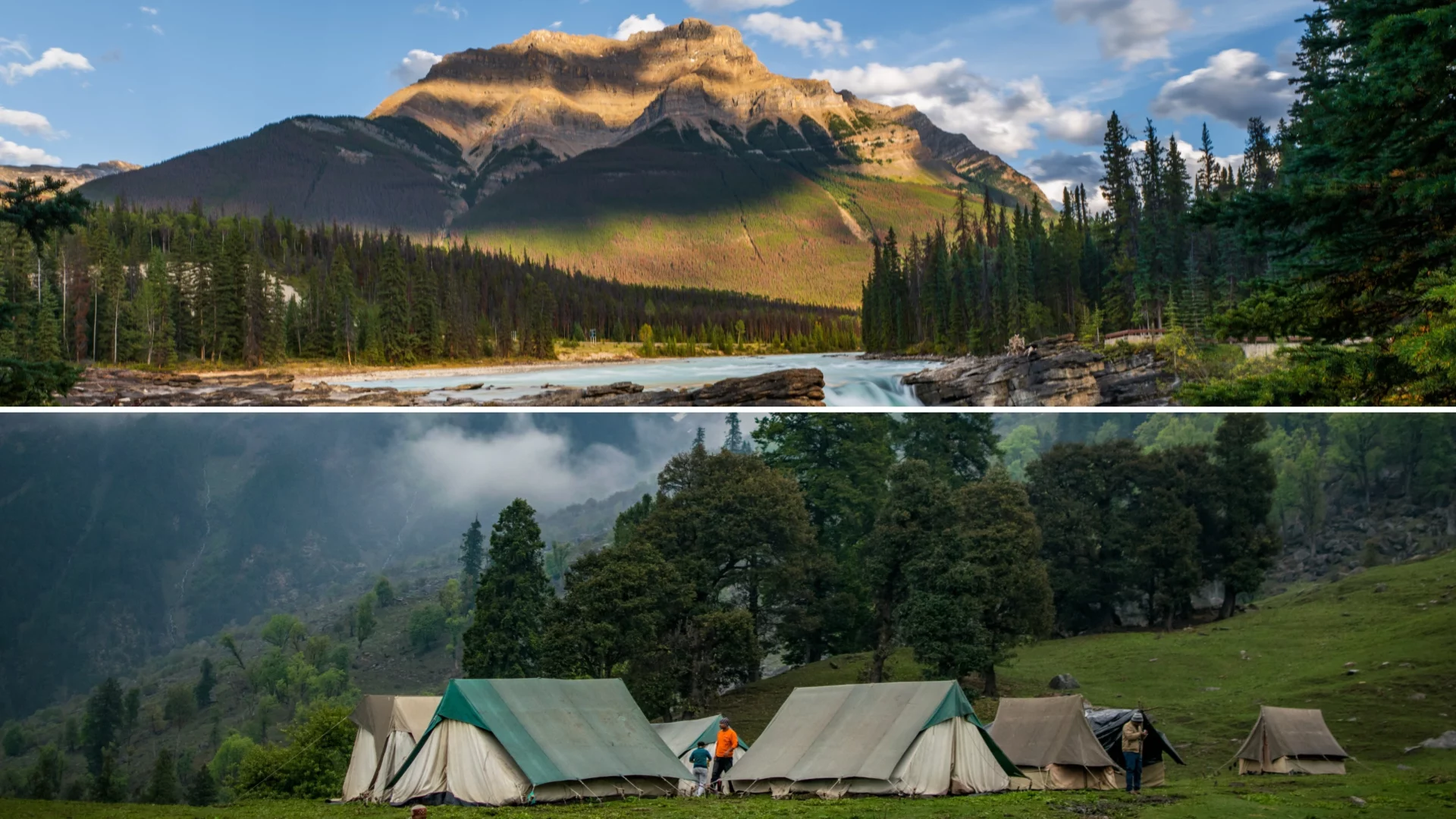
Lake Mead National Recreation Area is a vast protected area in Nevada and Arizona. It encompasses Lake Mead, the largest reservoir in the United States, and offers boating, fishing, hiking, and wildlife viewing opportunities. Lake Mead National Recreation Area (NRA) provides visitors with a vast assortment of activities and locations throughout the year. The expansive lakes are a paradise for boaters, swimmers, sunbathers, and fishermen, while the desert provides chances for trekking, wildlife photography, and roadside sightseeing.
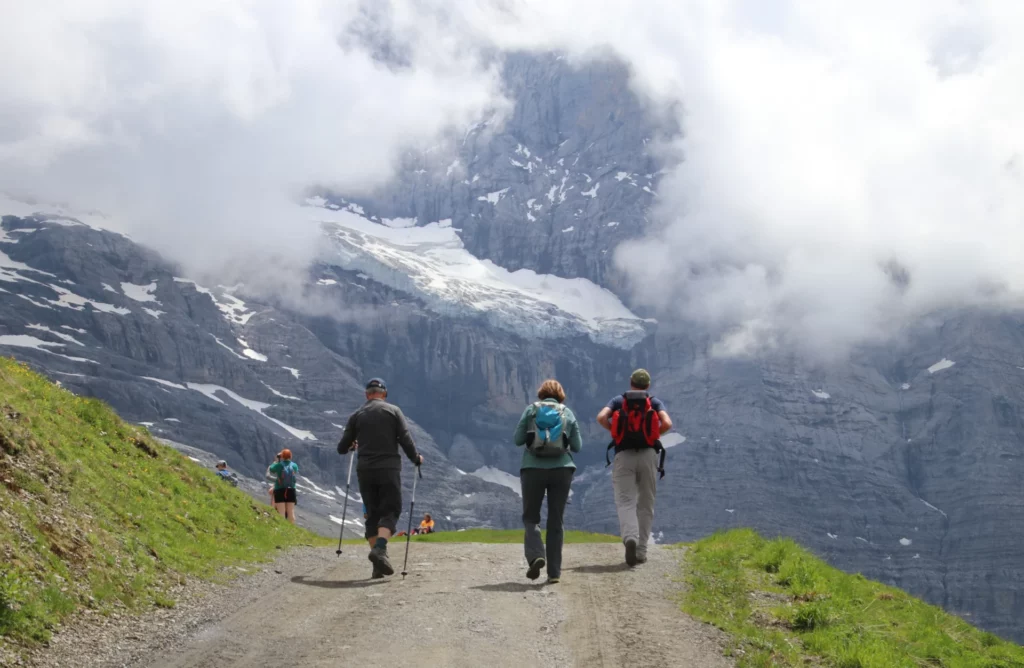
Nevada’s Lake Mead National Recreation Area includes the Great Basin Desert, the Mojave Desert, and the Sonoran Desert. Consequently, the area is home to an astonishingly diverse collection of flora and fauna, some of which are thought to exist nowhere else on the planet.
History of Lake Mead National Recreation Area
The arrival of people to the Southwest dates back more than 10,000 years. The earliest known inhabitants of this area have been dubbed the Basketmakers. They were likely the ancestors of the farming and trading Pueblo Indians. Tule Springs, located a short distance north of Las Vegas, contains the earliest traces of human habitation in the Lake Mead region. Mammoth bones and other Pleistocene wildlife were discovered with fire pits and stone artefacts.
Things to do at Lake Mead National Recreation Area
There are many places to camp at Lake Mead National Recreation Area. You can go car camping, where you sleep in your car, or you can go wilderness camping, which is more exciting.
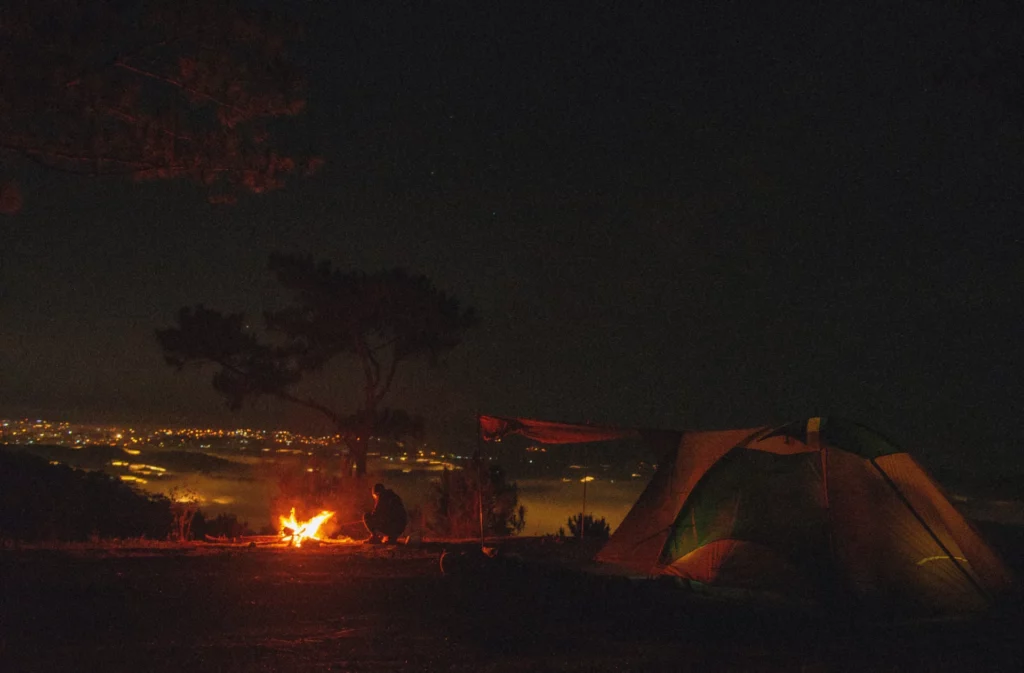
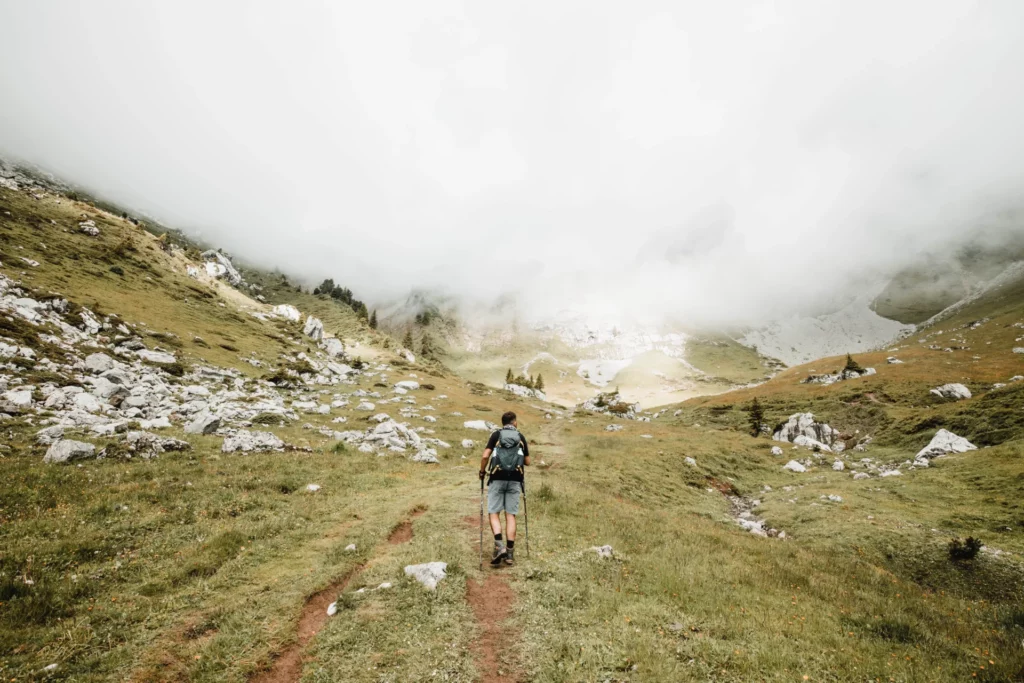
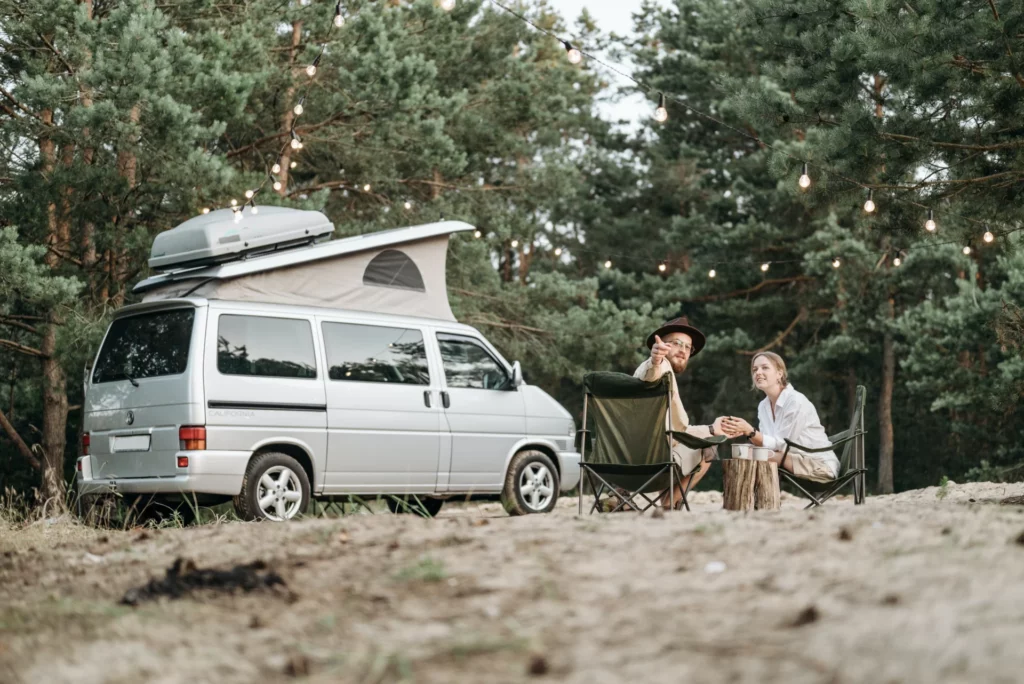
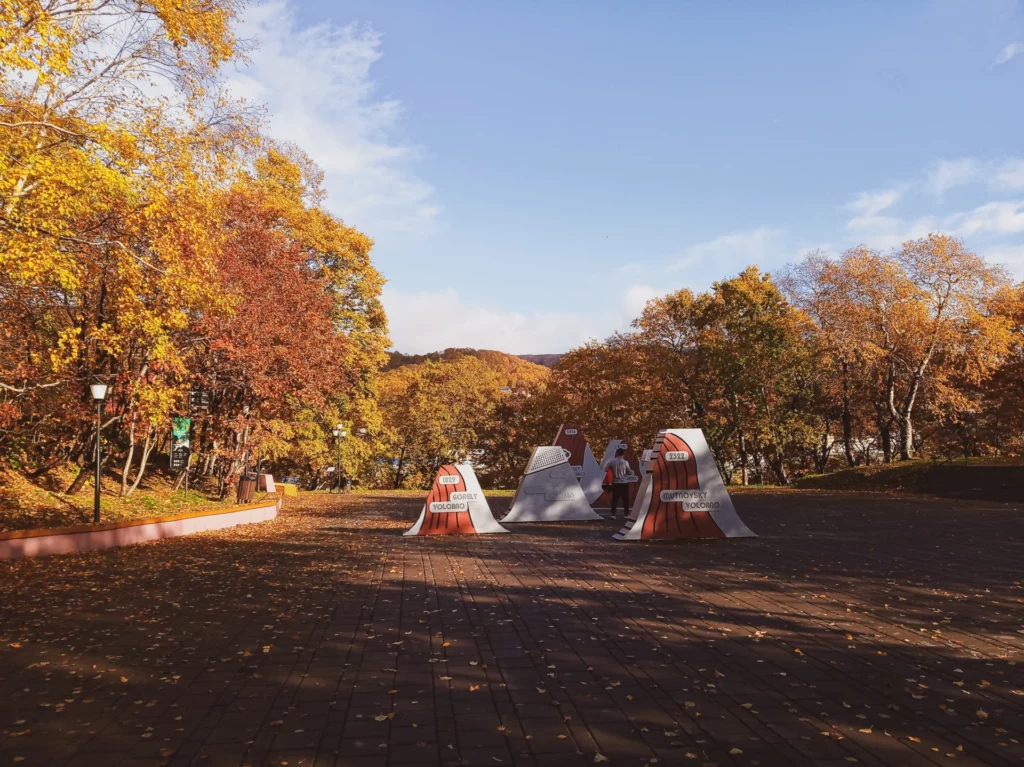
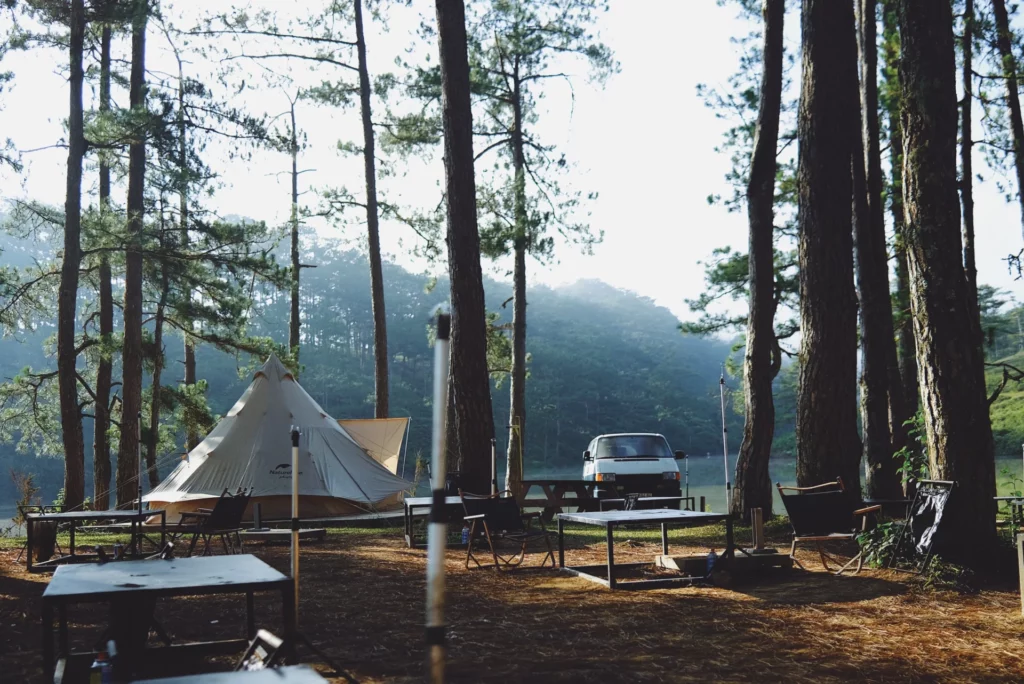
Even though burns may be allowed in certain places, following the rules is important. Social camping lets you remain with a group at sites with varying occupancy. Beautiful climbing and exploring trails are nearby.
Camping At Lake Mead National Recreation Area
Ten dollars per campground is due upon arrival (five dollars with a Golden Age or Golden Access permit). Campground rates are indicated on a sign at the entry. It’s first-come, first-served for the available sites. No bookings have been made. The time to leave is midnight.
· Social camping
The Boulder Campground is where large groups can set up their tents. The campground kiosk will have the current rates for camping. Make a reservation in advance. Monday through Friday, between 8:30 am and 4 pm, phone (702) 293-8505 to reach us. This group campground needs more space for tents and a few cars. There are facilities for cleaning up, seating, cooking, and shade.
· Site capacity
Eight people and two motorized vehicles (such as a camping unit and a towed vehicle) are the maximum allowed at a single campsite. Parking for up to four motorcycles is permitted. Vehicles are prohibited on the soil or across irrigation ditches and must only be parked in approved places.
· Backcountry camping
Multiple locations are accessible through vehicular travel, hiking, or horse riding. Anywhere outside built areas or areas marked NO CAMPING is fine for primitive camping, provided you get there by boat along the shoreline. Within any 12 months, camping stays cannot exceed 90 days.
Camping is permitted in remote areas for 15 consecutive days unless otherwise noted. Campers who stay longer than 15 days are asked to relocate to a constructed campground, move out of the backcountry, or leave the park.
· Fires
Keep an eye on fires at all times. Only driftwood lying below the tide line may be gathered for campfires. Concession stands also sell firewood for those who need it. Fires on the ground are only allowed in the metal fire rings that are provided at certain spots.
· Camping in a car
Only in a few remote locations are motorized campers allowed. All vehicles, including SUVs, motorcycles, and bicycles, must always remain on paved roadways. In this delicate desert, tire prints can remain for years. The park prohibits any form of non-road transportation. On public roads, both vehicles and their drivers need valid permits. You can pick up official road maps of the park from every ranger station.
Trails At Lake Mead National Recreation Area
Lake Mead National Recreation Area is predominantly dedicated to preserving the vast eastern Mojave Desert alongside its popular lakes, Mead and Mohave. Walking across broad plains covered in rock formations in every rainbow colour could be the greatest way to get a feel for this ecosystem’s wide variety. This area has several gorges and washes, making hiking difficult for even the most seasoned trekkers.
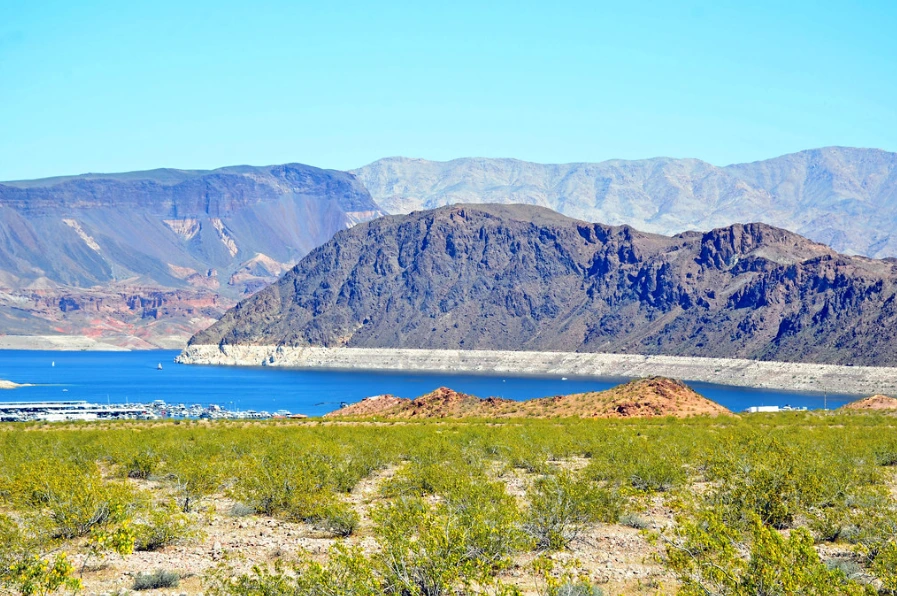
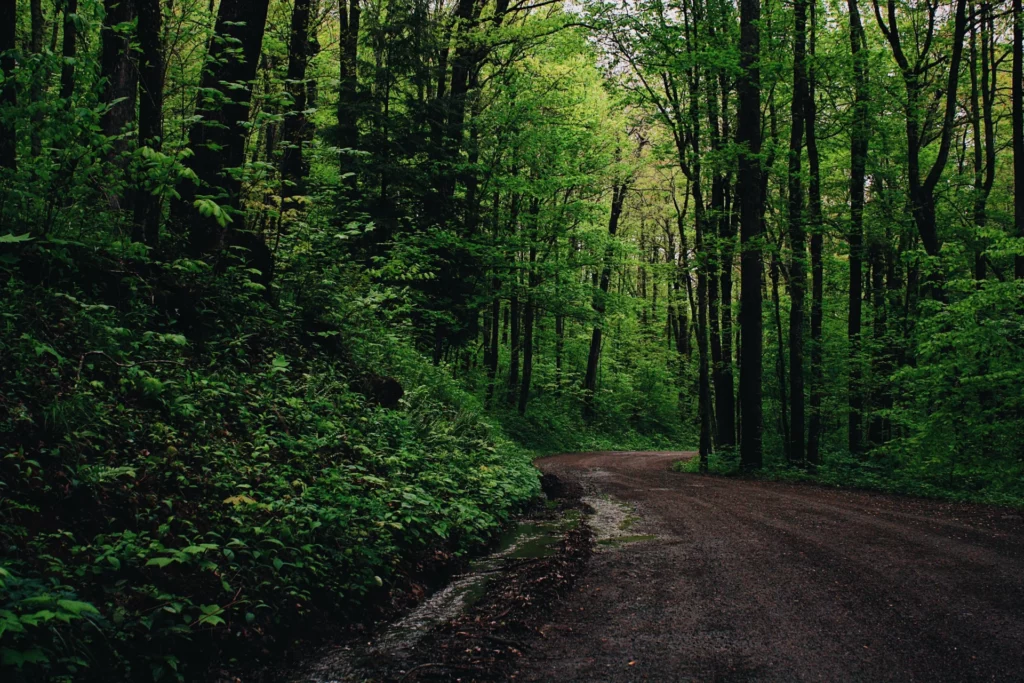
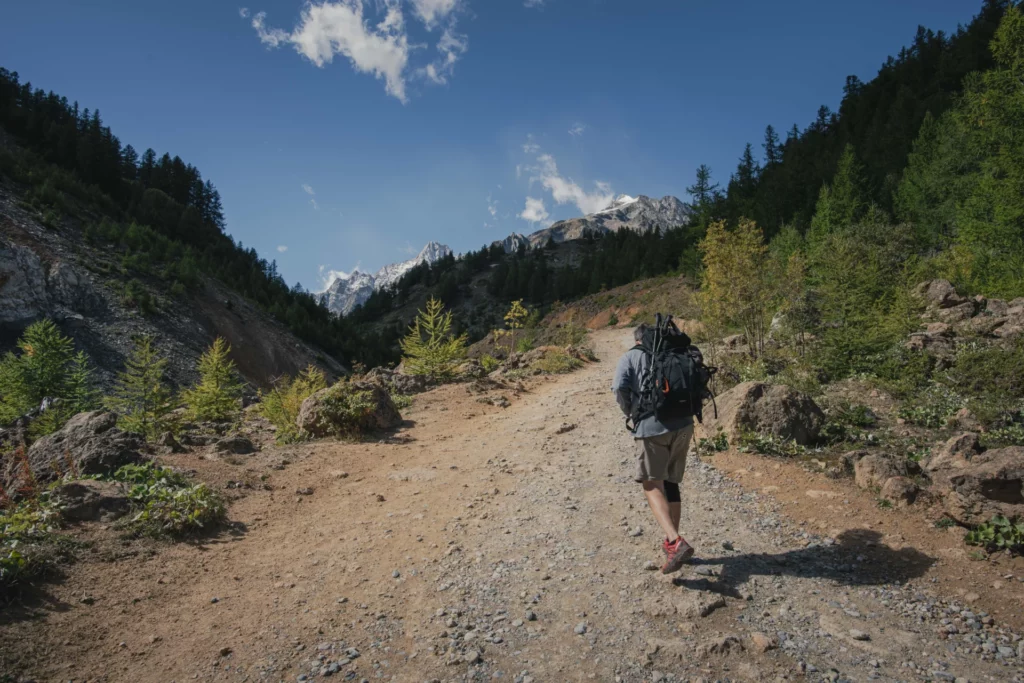
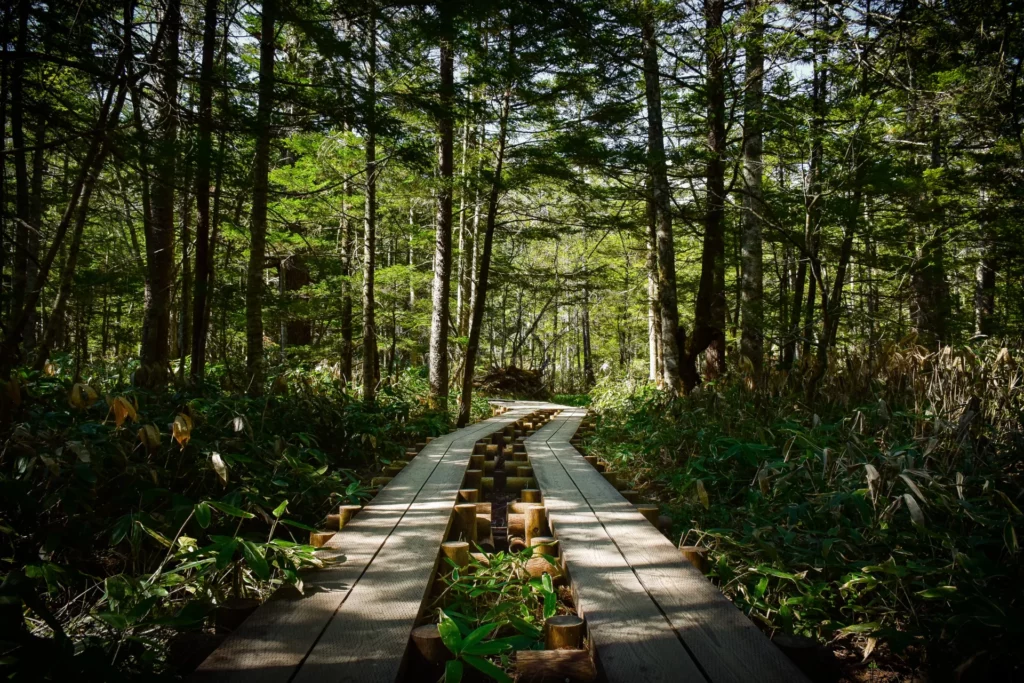
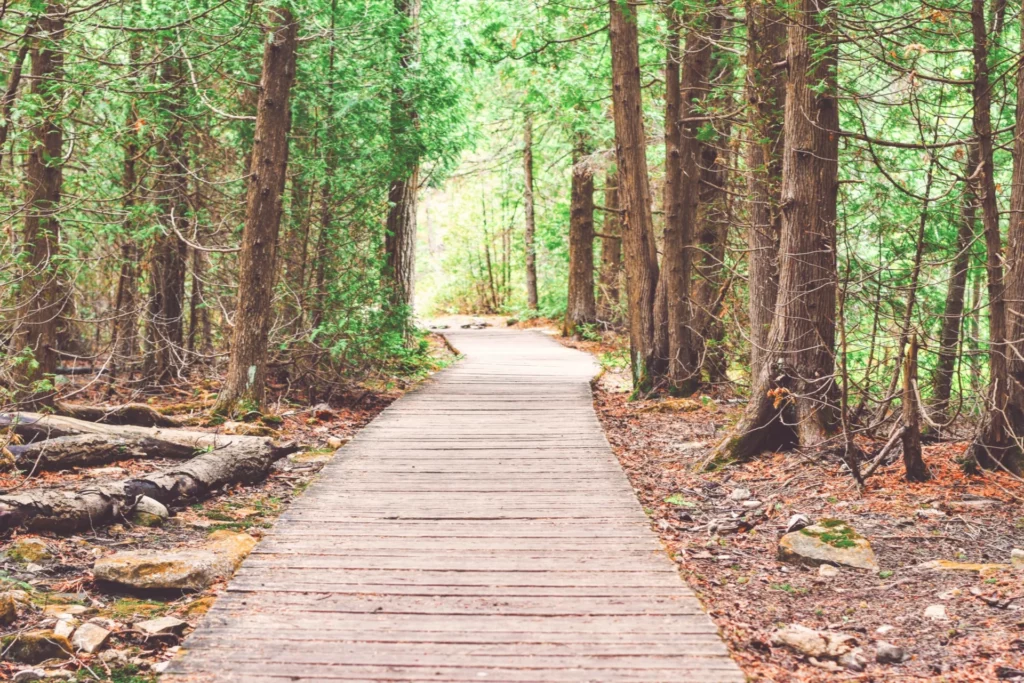
November through March, when temperatures are typically lower, is prime hiking season. Daytime temperatures in the summer can exceed 120 degrees Fahrenheit in the shade, making it dangerous to go hiking. Hikes led by park rangers are available all year round. The Alan Bible Visitor Center, at the intersection of US Hwy 93 and Lakeshore Scenic Drive, and Ranger Stations both has free backcountry road maps and hiking information handouts for popular trails.
Address: 10 Lakeshore Rd, Boulder City, NV 89005, United States
Phone: +1 702-293-8990
Email: emaillakemead@aramark.com
Established: October 13, 1936
Management: National Park Service, United States Department of the Interior
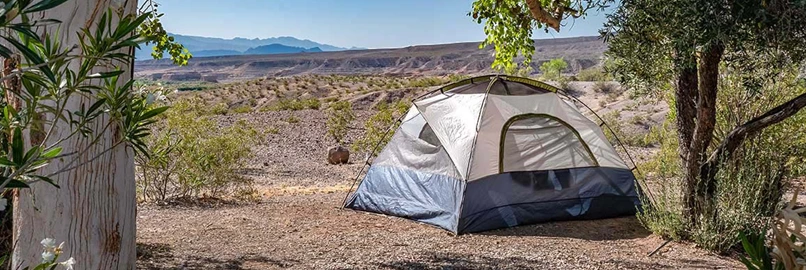

You must be logged in to post a comment.